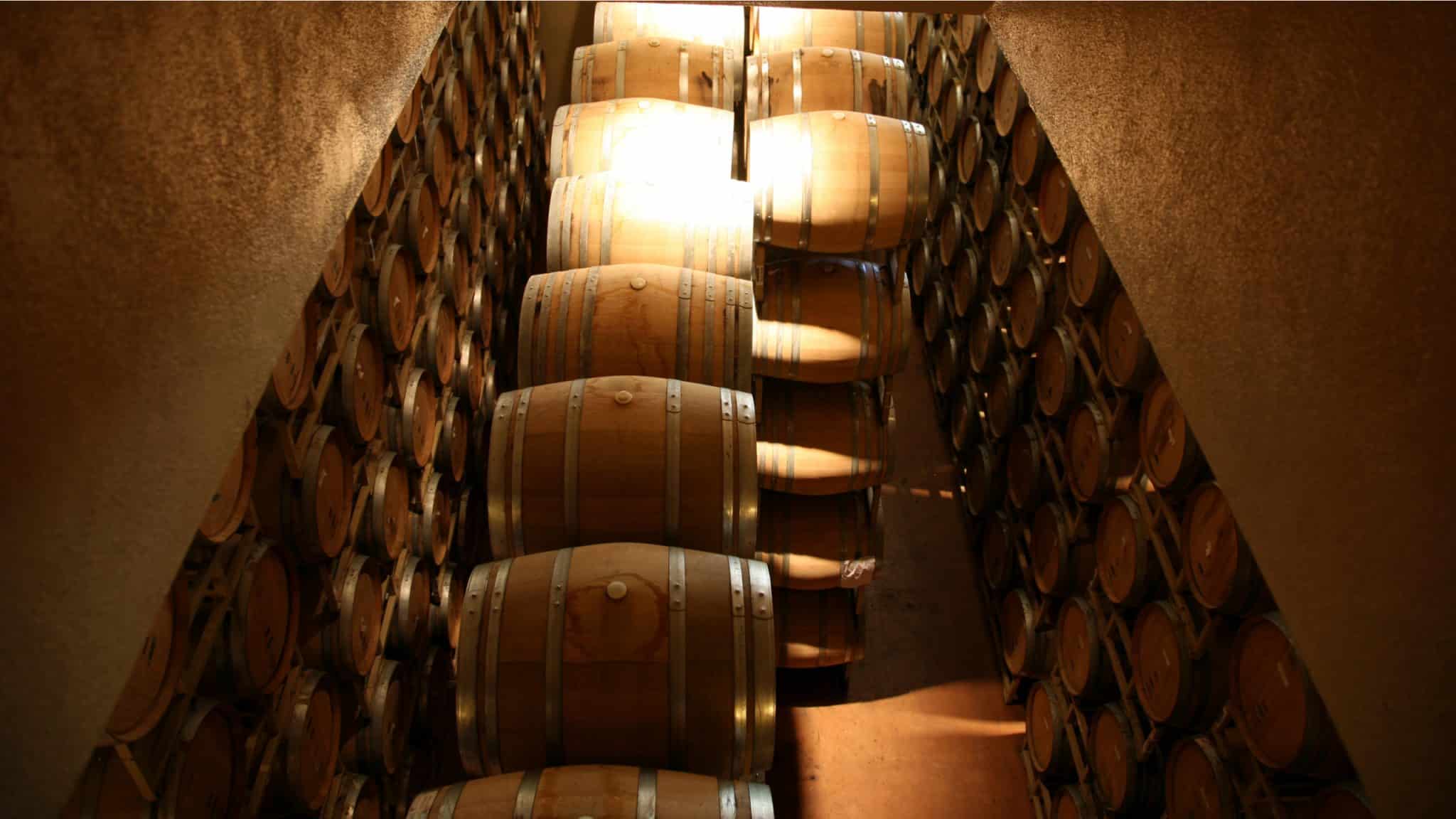The coronavirus has wreaked havoc on financial markets in 2020.
Stock markets have plummeted. Interests have been slashed. Oil prices even went negative for the first time ever.
Fortunately, fine wine is a recession-resistant asset that has staved off the slump. While the S&P 500 dropped 22 percent in quarter one, the Vinovest 100 index had a portfolio gain of 1.1 percent.
All of this has created one of the most enticing investment opportunities in recent decades: wine futures. Double-digit annual returns are commonplace when dealing with this investment. The unique circumstances of 2020 have investors eyeing even larger returns.
What Are Wine Futures?
If you’re asking, “What are wine futures?” you’re not alone. Wine futures, also known as en primeur, are a way for investors to buy highly sought-after wine before a winery bottles and releases it. Investors typically have a one to three-year window to invest in the future price of the wine.
While there is some speculation involved, wine futures are not a complete guessing game. Critics and other industry insiders have already given the wine an initial rating. These ratings provide a clue to investors as to how investment-worthy the wine is.
Many regions offer some form of en primeur, including Burgundy, the Rhône Valley, and Piedmont. The practice is no more significant than in Bordeaux. The French region is the epicenter for wine futures with a system that leads all others in terms of revenue, volume, and prestige.
What Makes This Year’s Wine Futures Unique?
The coronavirus has injected unprecedented uncertainty into the financial markets. It has also created unique opportunities for investors. Put simply: 2020 wine futures will be priced substantially lower than previous years because of the coronavirus.
Here’s the slightly longer explanation.
A wine future allows buyers and sellers to lock in a price for a given asset. The contract has a set expiration date and price that both parties know in advance. The futures contract provides the winery (the seller) an immediate return on their investment. In return, investors (the buyer) have an exclusive opportunity to earn money if the price goes up.
Most of the time, wine futures are the lowest price that a wine will ever be. The price is slightly higher when the wine hits the market a few years later and typically rises with time. En primeur prices have increased all but one year since 2013.
The current return on investment for Bordeaux en primeur wines since 2013 are:
- En Primeur 2013: 162.74%
- En Primeur 2014: 76.91%
- En Primeur 2015: 25.41%
- En Primeur 2016: 1.22%
- En Primeur 2017: -4.04%
- En Primeur 2018: 8.24%
The coronavirus disrupted the normal flow of the futures market. Buyers and sellers haven’t been able to connect through their traditional channels. As a result, wineries have large stocks of unsold wine. They need the working capital to harvest for this fall and are willing to discount their current prices to make that happen.
We have seen this conundrum before in wine futures. In 2008, the global financial crisis shook en primeur campaigns across the world. Traditional financial markets collapsed amid the shock and uncertainty. While the nature of the 2008 and 2020 crises was different, critics were still able to taste and assess 2008 wine vintages before their release.
The result? Wineries dropped prices as much as 50 percent from the previous year, and investors had a field day.
Look no further than the 2008 vintage of Lafite Rothschild. The wine had a rare combination of reasonable release prices and robust critical acclaim. In the three years following its release, the 2008 vintages provided investors with a 314 percent return on investment.
Cases of 2008 Lafite Rothschild are far from the exception to the rule. The 2007 vintage had a three-year performance of 226 percent. Meanwhile, 2014 wine futures of Pavillon Rouge du Château Margaux, Le Petit de Mouton Rothschild, and Carruades de Lafite all doubled in price within four years.
Right Bank First Growths have had remarkable returns, too. Vintages from 2014 to 2018 outperformed the Left Bank First Growths, Second Wines, and all Super Seconds in three of the five years. That includes a 30.62 percent performance for the 2015 en primeur.
How Much Will Wine Futures Cost?
It’s impossible to say with certainty how much Bordeaux wine futures will cost. The price has hovered over $300 for the past three years.
Bordeaux has experienced a significant headwind in recent years. The region’s market share dipped to an all-time low 41 percent in 2019. While the quality remains unchanged, global demand and consumer tastes have diversified demand. The country also faces tariffs in countries like the United States.
Experts have wildly speculated about en primeur prices for 2020. Vinovest, a wine investment platform, believes there will be a price reduction of 5 to 35 percent based on last year’s prices.
What Do Critics Think About 2020 Wine Futures?
To understand the caliber of 2020 wine futures, we have to look at the 2019 growing season. It was one of the sunniest years in recent Bordeaux history. Wineries were able to take advantage of exceptional dryness in the early spring and strong diurnal temperatures in the summer.
The vintage did have some difficulties. Budding was early due to warm temperatures while May and June saw higher than usual amounts of rain. A light rainfall during the harvest season provided essential moisture that allowed grapes to retain freshness and quality.
Based on the growing and harvesting season, we expect 2019 to continue the upward trend in alcohol levels. There should also be well-balanced acidity that offsets the booziness. This all-around homogenous vintage should have all the characteristics of classic Bordeaux wines.
The key is getting critical ratings and reviews to validate these insights. Wineries have sent limited numbers of samples to critics for virtual wine tastings. This process replaces Bordeaux’s annual en primeur week.
Experts believe this confluence could mean high scoring vintages along with attractive en primeur prices. The first batch of reviews has garnered strong praise with some people comparing it to 2015 and 2016 vintages. The borderline perfect growing season has provided quintessential Bordeaux-style wines that have only added to the region’s legendary wine futures status.
How to Access Wine Futures
Wine futures are a private party. Vinovest can get you on the VIP list, though. Their investment team provides access to these exclusive investment opportunities that other investors can only dream of.
We highly recommend depositing additional funds into your account to take advantage of this opportunity. Vinovest will use your cash balance to purchase en primeur until the end of June. Capitalize on this rare investment opportunity while it lasts.
Invest in wine futures today.
Michael launched Your Money Geek to make personal finance fun. He has worked in personal finance for over 20 years, helping families reduce taxes, increase their income, and save for retirement. Michael is passionate about personal finance, side hustles, and all things geeky.







Comments are closed.